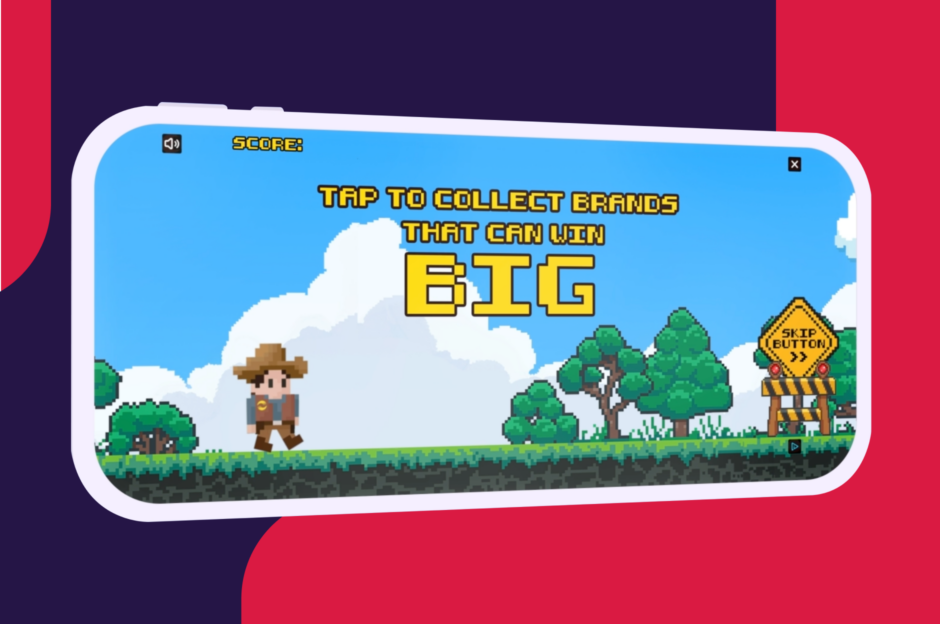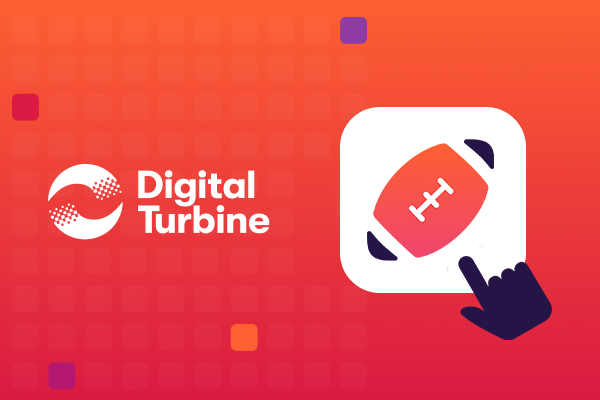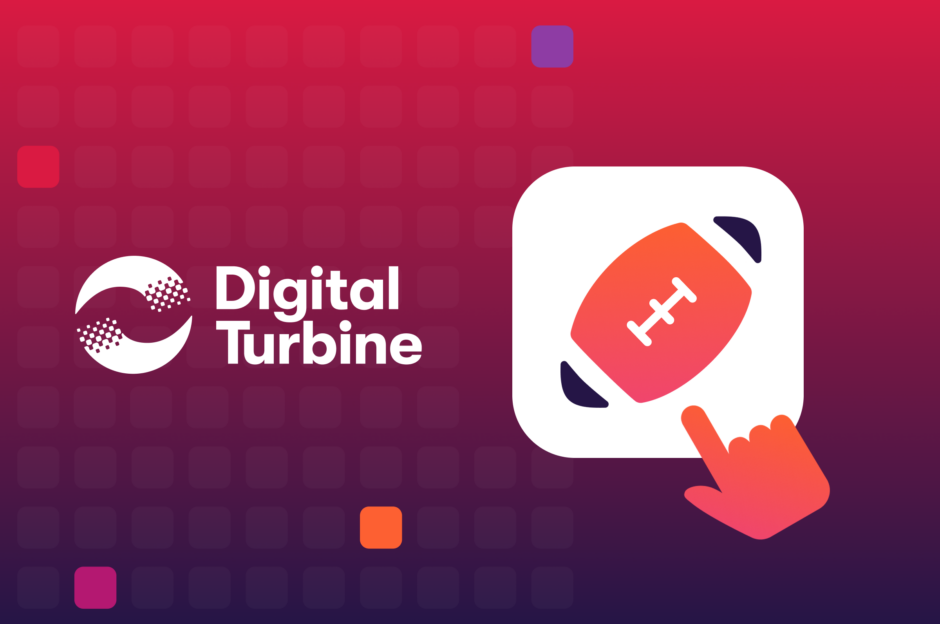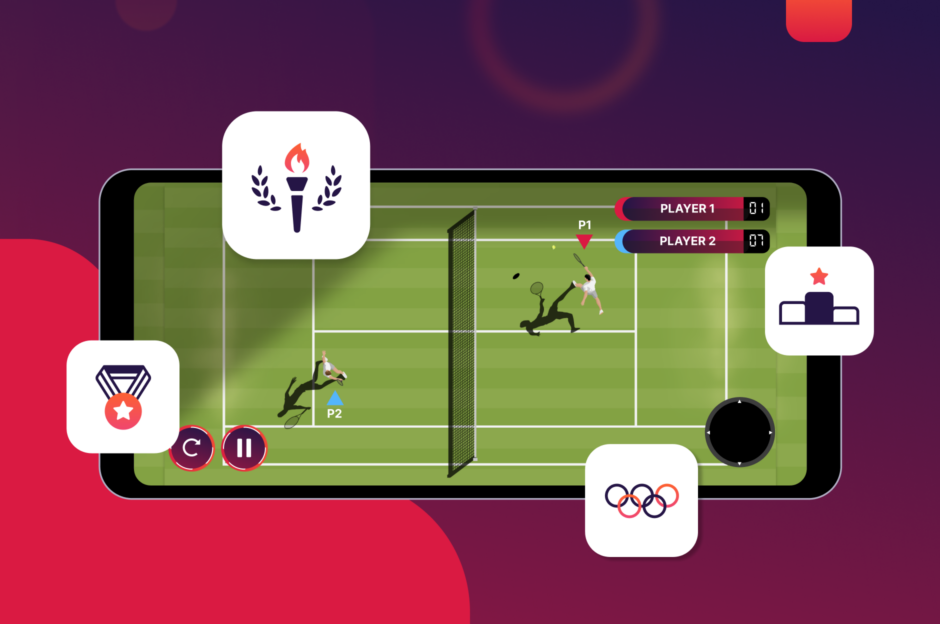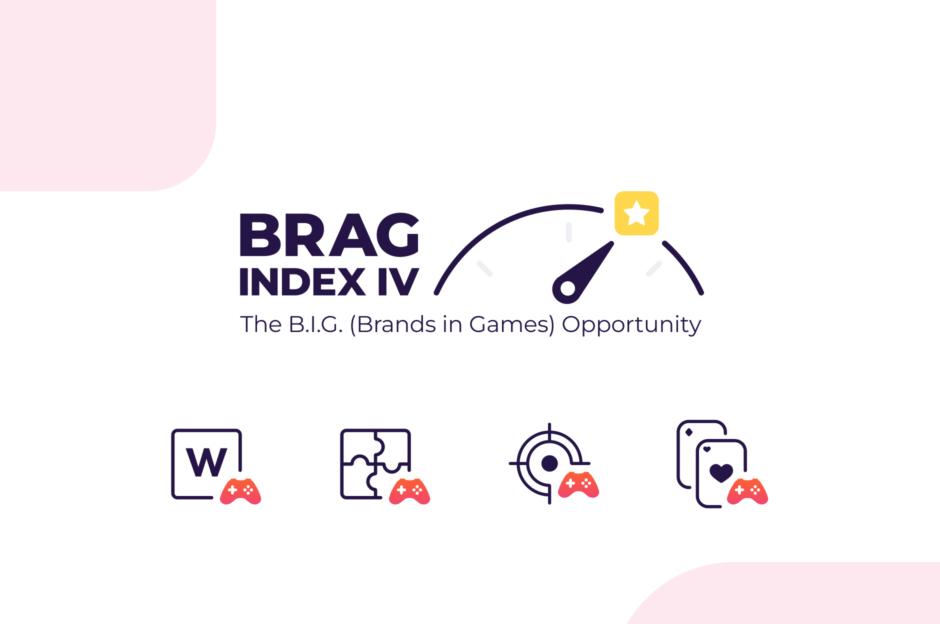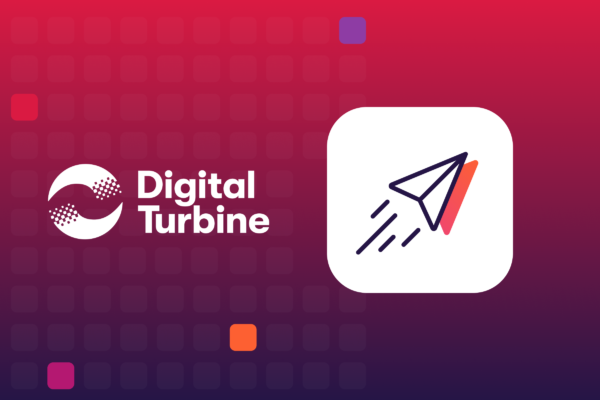
Generation X might have been the first to get to grips with the Internet, but millennials are the first generation we can describe as true digital natives and the smartphone is their device of choice.
A Long Journey
The smartphone has come a long way since the very first “smart” device in 1992, but even back then its technology was revolutionary.
The IBM Simon, which is largely credited as the first smartphone, came equipped with many applications that wouldn’t look too out of place on a modern device, including email, an address book, calendar, appointment scheduler, calculator, world time clock and electronic notepad. Heck, you could even send a fax from the device.
The device was limited by two main issues. First and foremost, at $899 (about $1,400 in today’s money) Simon was an expensive business toy. Secondly, it was cursed by incredibly short battery life (some might suggest nothing has changed). The fact it weighed in at just over half-a-kilo (1.1 lbs) is perhaps also a very good reason why it never really took off.
Although IBM only sold 50,000 units, Simon kick-started the smartphone revolution as we know it and is undoubtedly the forefather of every Apple iPhone and Android device on the market today.
Weaned on Fresh Fruits and Smart Technology
While Generation X cut their teeth on feature phones, millennials were weaned on Blackberries and Apples before Google joined the party and opened the market up to everyone with the Android operation system.
It would be impossible to underestimate the impact Android devices have had on the smartphone market. The open Android environment (as opposed to the walled-garden approach favored by Blackberry and Apple) has enabled manufacturers to create devices to suit a diverse range of people, including many who would have been previously priced out of the market. Because of this, the revolution is truly a global one. Millennials in emerging economies have the same opportunity to connect as their peers in richer countries. You could say that the smartphone is helping bridge the digital divide, bringing new opportunities where previously there were few before. Make no mistake, Android devices represent a huge catalyst for change – and this is almost certainly a good thing.
Almost Human
The smartphone is more than just a phone with some technological bells and whistles attached. In fact the word “phone” is a bit of an inaccurate description of today’s smart devices. According to a survey published by the consumer credit reporting company Experian, the average smartphone user dedicates only 26 percent of their time on their device to talk.
As smartphone technologies advance and blur into other devices (such as wearables, the Internet-of-Things (IoT) and even implants) we may, one day soon, not even recognize our smart devices with the old concept of a telephone.
The smartphone has become an extension of the millennial and as a result, app developers have a living, breathing testbed to develop new tools and technologies that simply make life better for their users.
Create something that solves a problem for a millennial and they not only embrace it (there are virtually no barriers to entry in terms of accepting new technology if it is truly useful) but they will also actively promote your app to a wider audience.
Note: Despite technological advances, word-of-mouth remains a vital component of any marketing strategy. The only difference today is word-of-mouth happens at the speed of a 4G (and soon to be 5G) connection.
Millennials are more than comfortable documenting their entire existence for others to share. They review, endorse and share every experience with a swipe or tap. If you can get your products into their hands they will tell the world (and it better be good).
The Millennial Challenge
There is of course a huge problem with engaging millennials. They don’t follow the same paths as previous generations. TV, magazines, newspapers and radio are all dead to them. The only viable route is via their smartphones and their network of connected friends (again via their smartphones).
If you are looking to engage a millennial audience, it’s not enough to build and publish an app. On any given day there are approximately 2,500 new apps (many targeting the same audience as you) uploaded to major app stores like Google Play. If you want your app to stand out and ultimately be accepted as a legitimately useful or entertaining product by millennial users – you’re going to have to do some additional legwork to reach your goals.
This is where a company like Digital Turbine can help. Thanks to our partnerships with leading, global smartphone manufacturers and mobile networks, we have direct access to the millennial audience you are looking for. We know how millennials access information and engage with technology. We know what devices they use and when and how they use them. In short, our advisors speak “Millennial” (many of us are millennials) – you should speak to us.
Start a Conversation with a Millennial
To learn how Digital Turbine can help you reach a millennial audience via preloaded apps or our unique app advertising network, speak to one of our advisors today or book an appointment to meet with us at the Mobile World Congress (MWC) in Barcelona between February 6th and March 1st, 2018.
Sign-Up
straight to your inbox.

